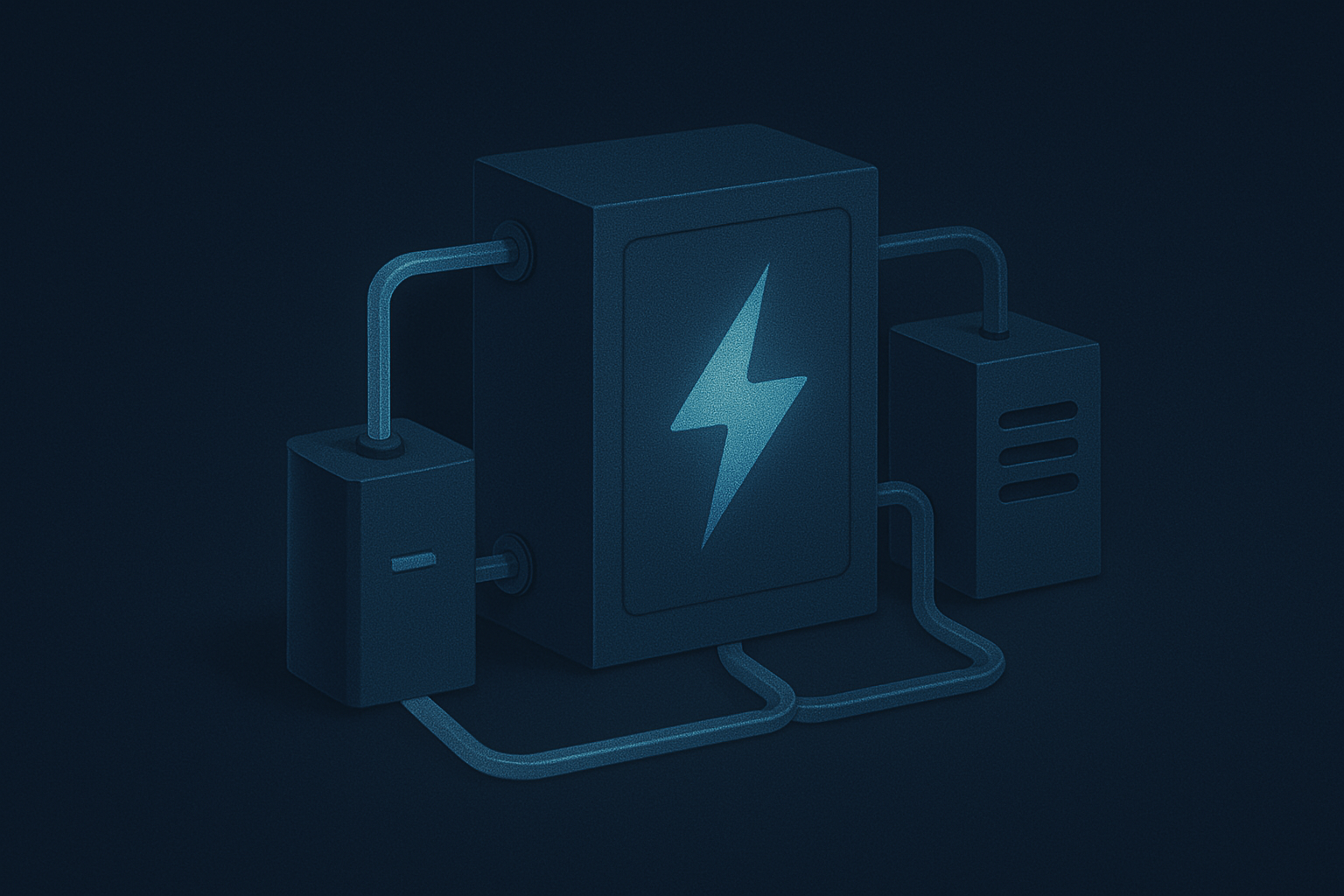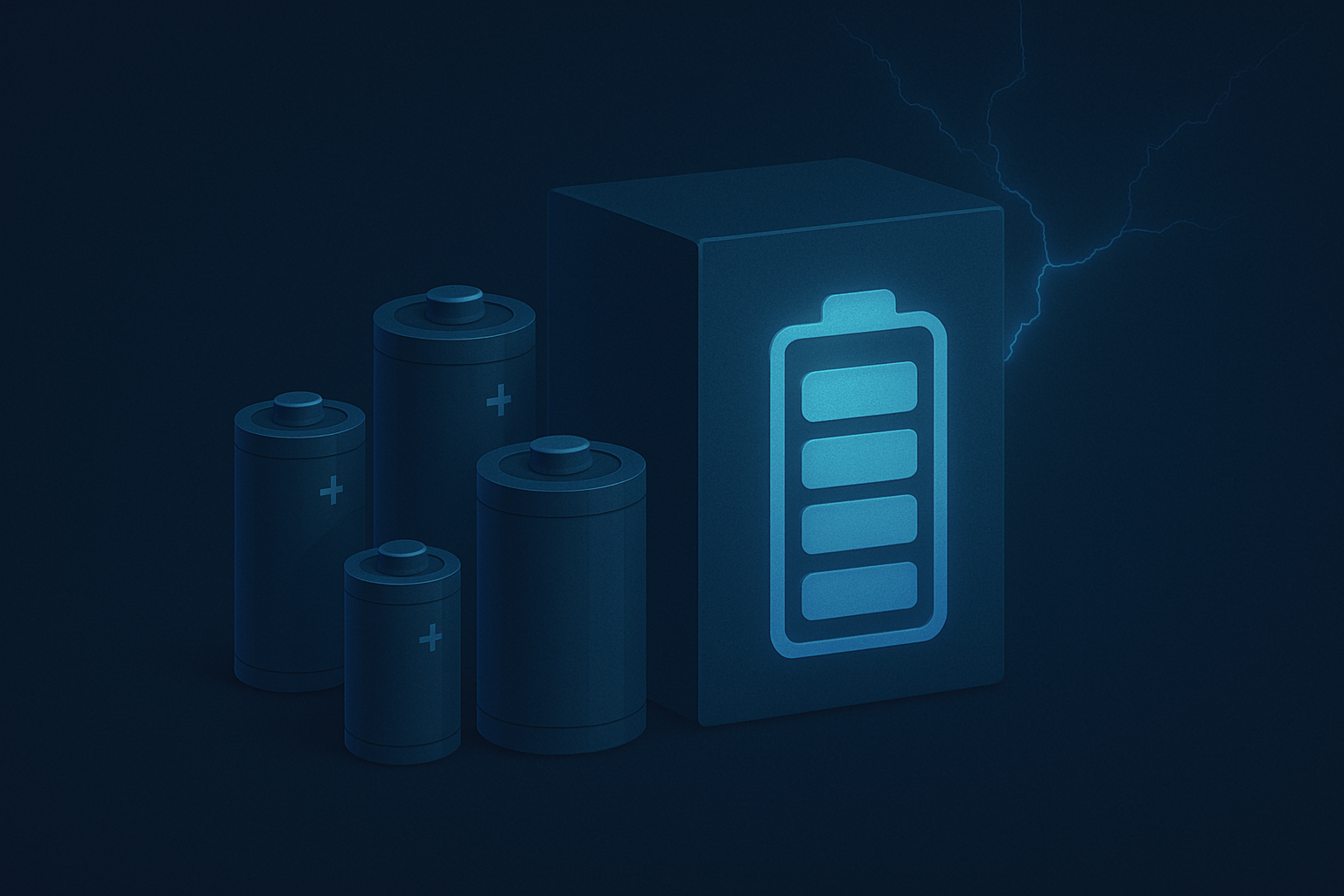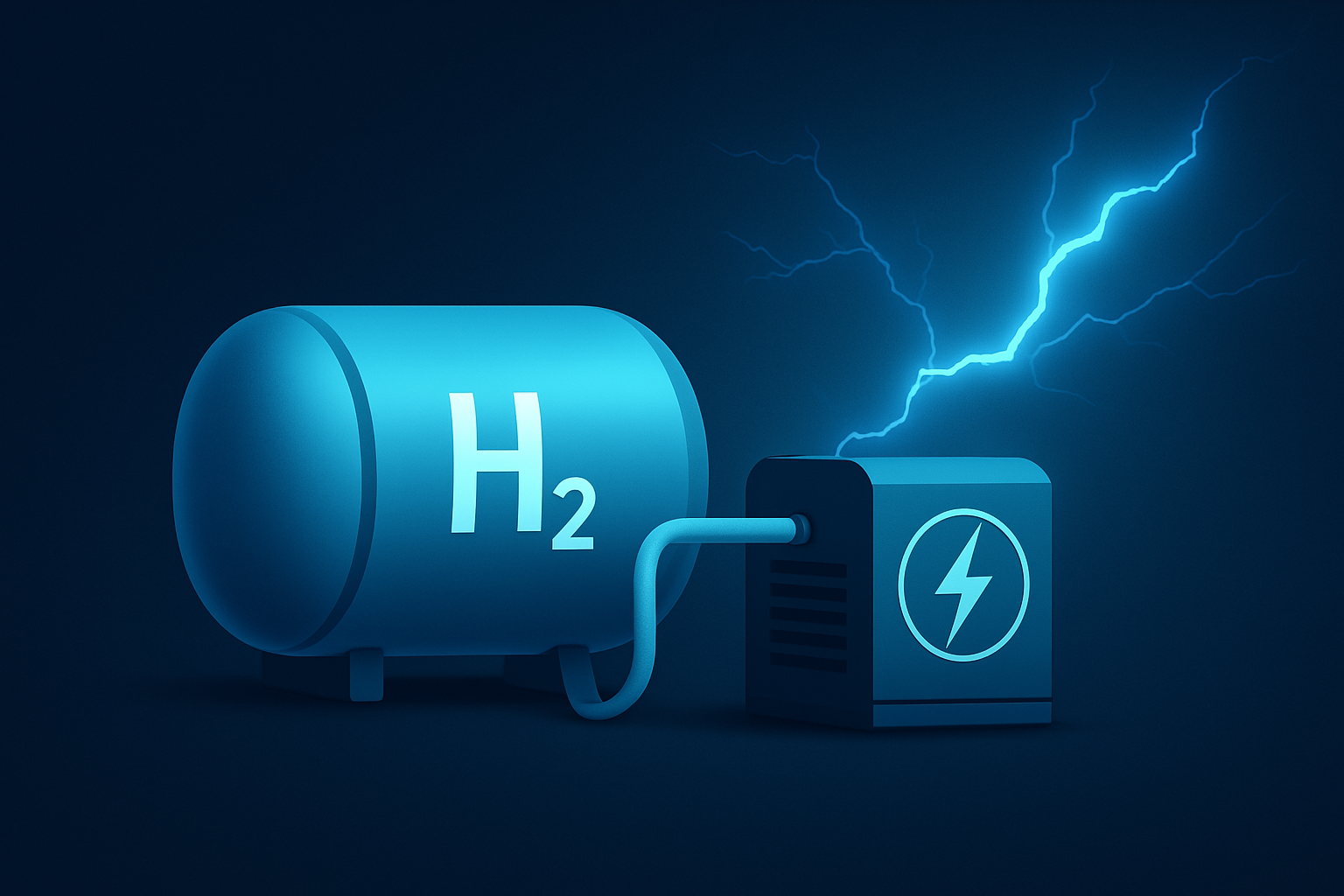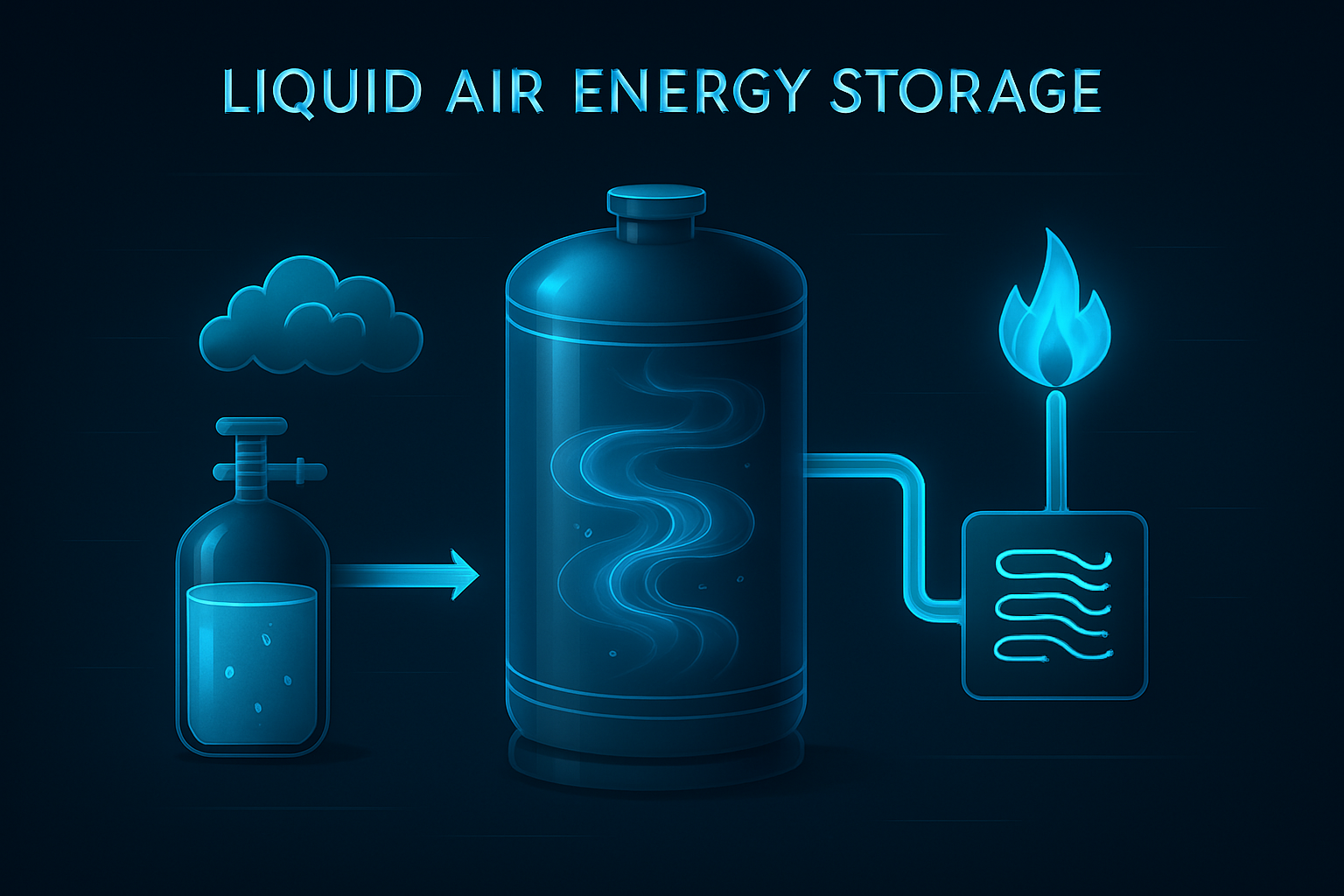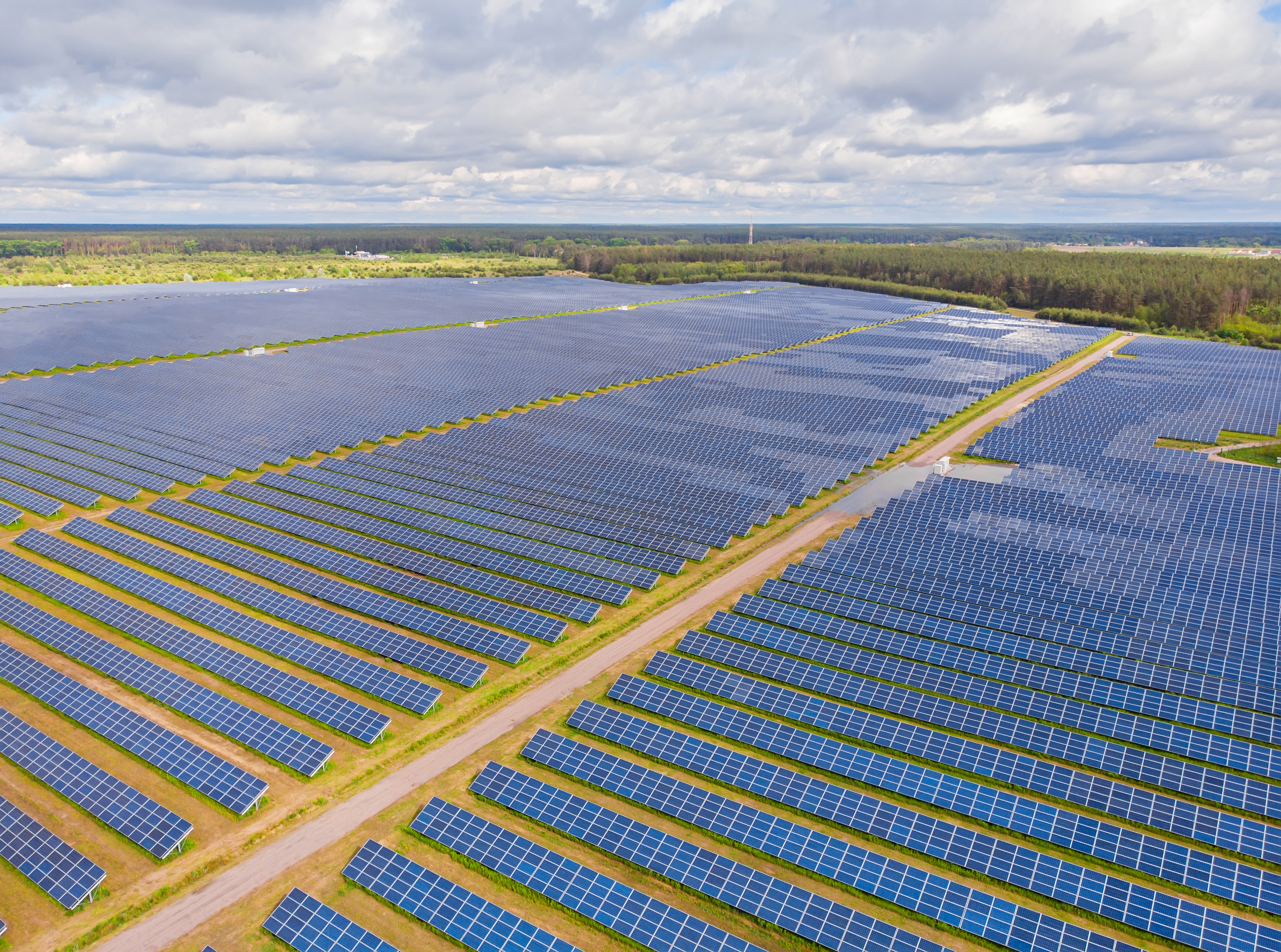
Energy Storage and the Intermittency of Renewables – Why It Matters for Romania and Hungary – Part 1
The transition to renewable energy is one of the most critical undertakings of our generation, both for fighting climate change and for creating a resilient, future-ready economy. Romania and Hungary are no exception. Both countries have pledged bold targets for 2030: Romania aims for 30.7% and Hungary for at least 21% renewable energy in their energy mixes, in line with their National Energy and Climate Plans. On top of this, the European Union is pushing for a 32.5% improvement in energy efficiency by 2030, and climate neutrality by 2050 through the European Green Deal.
The Boom in Solar Energy – And Its Side Effects
The solar energy sector in Hungary and Romania has experienced remarkable growth in recent years. By early 2025, Hungary's cumulative installed solar capacity surpassed 7.5 GW, marking a significant increase from previous years. In 2024 alone, Hungary added approximately 1.4 GW of new solar capacity, with utility-scale installations accounting for about half of this growth. This expansion has positioned Hungary as a leader in solar energy within Europe, with solar power contributing to 25% of the country's electricity generation in 2024—the highest share among EU member states. (https://www.pv-magazine.com/2025/04/04/hungary-adds-1-4-gw-of-solar-in-2024/ )
Romania has also made significant strides in solar energy development. In 2024, the country installed 1.7 GW of new solar capacity, bringing its total installed capacity to nearly 5 GW. This growth has been driven by increased funding, higher renewable energy targets, and streamlined permitting processes. The Romanian Photovoltaic Industry Association (RPIA) reports that distributed generation, including rooftop installations, accounted for a substantial portion of this expansion. (https://www.pv-magazine.com/2025/01/31/romanias-2024-solar-additions-hit-1-7-gw/ )
While this rapid expansion of solar capacity is a positive development for renewable energy adoption, it also presents challenges. The intermittent nature of solar power generation can lead to periods of oversupply, particularly during peak production hours. For instance, in July 2023, Hungary experienced negative electricity prices, reaching as low as -500 EUR/MWh, due to excess solar generation. Such instances highlight the need for efficient energy storage solutions to balance supply and demand, ensuring that excess energy is stored for later use rather than wasted.
To be continued…
News & Events
Read the most recent updates and explore the upcoming events.


